Wood Flooring
About Our Wood Flooring
Wood flooring is a type of flooring material made from solid hardwood or engineered wood. It is a popular choice among homeowners due to its natural beauty, durability, and versatility.
On this page we will be discussing some key points about wood flooring.
If you are interested to see our full collection of wood flooring please follow this link: Engineered Wood Flooring




-
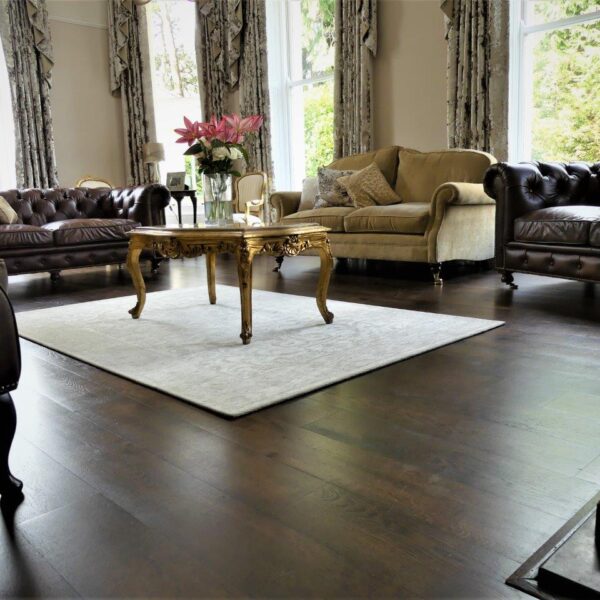
Sherlock Oak 180mm x 21mm
£0.00 Order Sample -
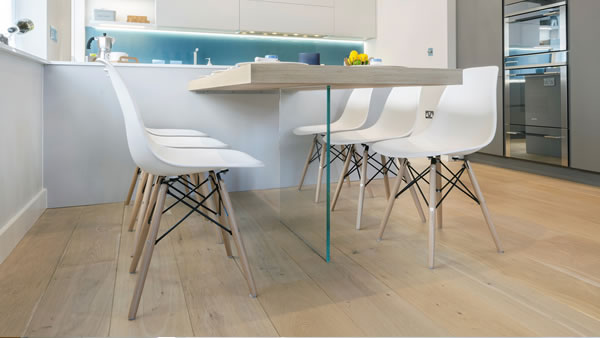
Wills & Ferguson 260mm x 21mm
£0.00 Order Sample -
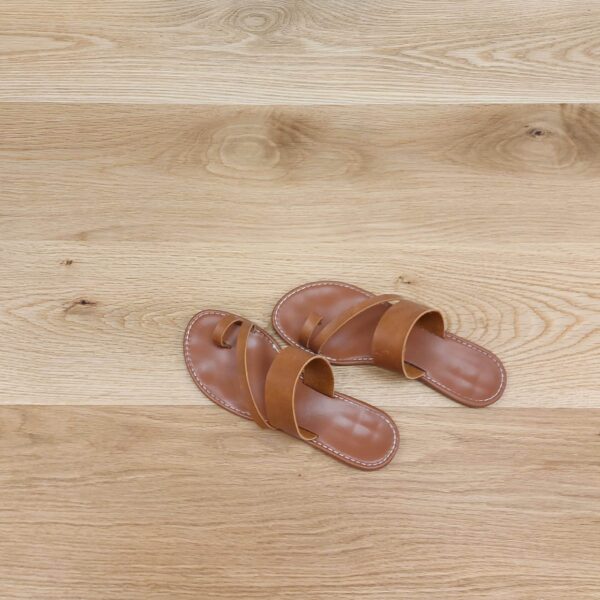
Decka Plank New Hampshire
£0.00 Order Sample -
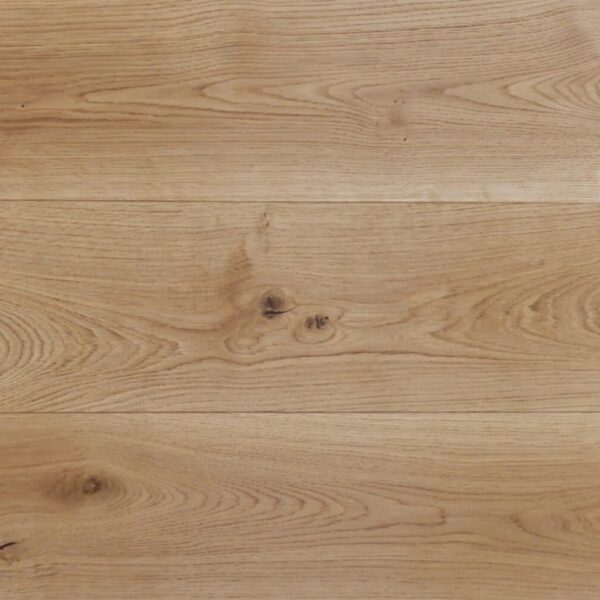
Decka Plank Montana
£0.00 Order Sample -

Decka Plank Maine
£0.00 Order Sample -
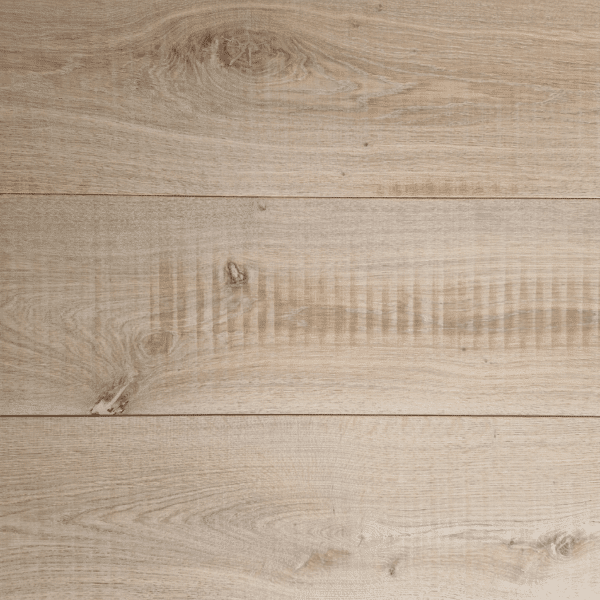
Wills & Ferguson Chelsea Oak
£0.00 Order Sample -
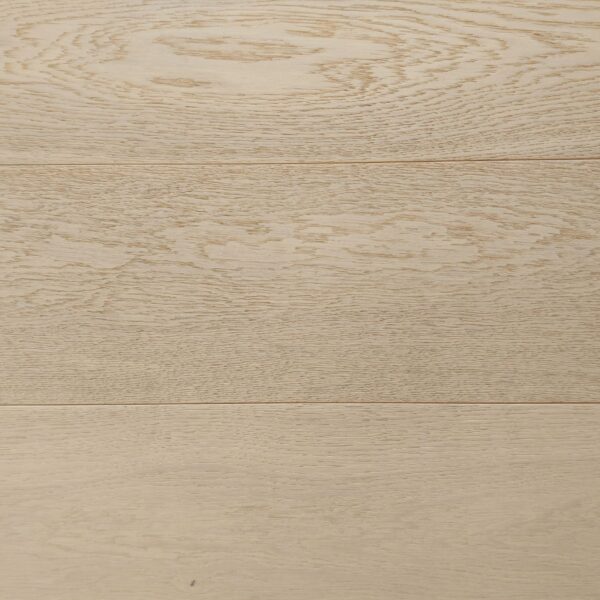
Decka Plank Organic
£0.00 Order Sample -

Wills & Ferguson Arctic Oak
£0.00 Order Sample
Types of Wood Flooring
- Engineered Wood: Engineered wood flooring is composed of multiple layers of wood. It consists of a thin veneer of real hardwood on top, bonded to high-quality plywood or fiberboard layers. Engineered wood is designed to provide stability and resist moisture, making it suitable for various environments.
- Solid Hardwood: Solid hardwood flooring is made from a single piece of hardwood timber. It is known for its authenticity, durability, and ability to be refinished multiple times, but solid hardwood isn’t suitable for underfloor heating and has attendance to move over time.
Wood Species
Wood flooring is available in a wide range of wood species, each with its own characteristics and appearance. Common wood species used for flooring include oak, maple, cherry, walnut, and birch. Each species offers unique grain patterns, color variations, and hardness levels.
Finishes
Your flooring can be finished with various treatments to enhance its appearance and protect the surface. Common finishes include oil-based or water-based polyurethane, wax, or a combination of both. Finishes can provide a glossy, satin, or matte appearance while enhancing the wood’s natural color and grain.

Installation Methods
Wood flooring can be installed using different methods, including nail-down, glue-down, or floating installations. The installation method depends on the type of wood flooring and the subfloor conditions. Professional installation is often recommended to ensure proper fitting and durability.
Preserving the Beauty of Wood Floors
Proper maintenance is essential to keep your flooring in good condition. Regular sweeping or vacuuming, occasional mopping with a wood floor cleaner, and promptly wiping up spills are important for maintaining its beauty. Avoid excessive moisture exposure and use furniture pads to prevent scratches.
The Secret to Timeless Wood Floors
Wood flooring can be refinished multiple times throughout its lifespan, allowing you to change the color, repair surface damage, or refresh its appearance. Refinishing involves sanding down the top layer and applying a new finish to restore its original beauty.
Our flooring also offers a timeless and elegant look that can enhance the aesthetics and value of a home. Its durability, versatility, and ability to be refinished make it a long-term investment. However, it’s important to consider factors like budget, maintenance requirements, and compatibility with the specific environment before choosing wood flooring for your space.
Benefits of Choosing Wood Flooring
Wood flooring offers numerous benefits that make it a popular choice among homeowners. Here are some of the key advantages of wood flooring:
Aesthetics: Natural and timeless beauty added to any space. It comes in a variety of species, colors, and finishes, allowing you to choose a style that complements your interior design and personal preferences.
Durability: High-quality wood flooring is known for its durability and longevity. With proper care and maintenance, it can last for generations. It can withstand heavy foot traffic and is resistant to stains, scratches, and wear.
Easy to Clean and Maintain: Regular sweeping or vacuuming, occasional mopping with a wood floor cleaner, and promptly wiping up spills are typically all that’s needed to keep them looking great. Additionally, wood floors do not trap dust, allergens, or unpleasant odors like carpets can.
Versatility: Wood flooring is versatile and can be installed in various areas of your home, including living rooms, bedrooms, kitchens, and even bathrooms. It can also be refinished multiple times, allowing you to change the appearance or repair any surface damage.
Improved Indoor Air Quality: Wood floors contribute to better indoor air quality compared to other flooring options. They do not harbor dust mites, pet dander, pollen, or allergens, making them an excellent choice for individuals with allergies or respiratory sensitivities.
Value Addition: Highly desirable flooring and can increase the value of your home. It is a sought-after feature for potential buyers, and homes with wood floors often command higher resale prices.
Timeless Appeal: Wood flooring has a classic and timeless appeal that can adapt to various design trends. It can complement both traditional and contemporary styles, making it a long-term investment that won’t go out of fashion.
Eco-Friendly: The more sustainable choice, particularly when sourced from responsibly managed forests. Wood is a renewable resource, and manufacturers often use eco-friendly production processes. Additionally, wood floors can be recycled or repurposed at the end of their life cycle.
Insulation and Energy Efficiency: Wood has natural insulating properties, which can help maintain a comfortable indoor temperature and reduce energy consumption. Wood floors feel warm underfoot, making them pleasant to walk on, especially in colder seasons.
Acoustic Benefits: Wood flooring can improve the acoustics of a room by reducing echoing and minimizing sound vibrations. This is especially beneficial in larger spaces or rooms with high ceilings.
Environmental Considerations
Wood flooring can be an eco-friendly choice when sourced from responsibly managed forests or certified sustainable suppliers. Look for wood flooring with Forest Stewardship Council (FSC) certification or other recognized sustainability certifications.
Cost
The cost of wood flooring can vary based on factors such as the type of wood, quality, thickness, finish, and installation method. Solid hardwood flooring tends to be more expensive than engineered wood, and exotic wood species may also come at a higher price.
While wood flooring has numerous advantages, it’s important to consider factors such as budget, installation requirements, and compatibility with underfloor heating systems before making a decision.
Why Choose Wood Flooring Over Tiles?
Choosing wood over tiles depends on personal preferences and specific requirements. Here are some reasons why individuals might prefer wood flooring over tiles:
Warmth and Comfort: Wood flooring tends to feel warmer underfoot compared to tiles, which can be cold, especially in cooler climates. Walking on wood floors is generally more comfortable, making it pleasant for barefoot walking.
Aesthetic Appeal: Wood flooring adds a natural and warm aesthetic to a space, providing a sense of timeless beauty and elegance. It can create a cozy and inviting atmosphere, which is often desired in residential settings.
Natural and Organic Feel: Wood flooring offers a sense of connection with nature, as it is made from a renewable resource. The grains and patterns of wood add character and uniqueness to each floor, giving a more organic and authentic look.
Durability and Longevity: Wood flooring, when properly maintained, can last for decades or even generations. High-quality wood floors are known for their durability, strength, and resistance to wear and tear. In comparison, tiles may crack or chip over time, requiring repairs or replacements.
Sound Insulation: Wood floors can help reduce noise transmission and provide better sound insulation compared to tiles. They absorb and dampen sounds, minimizing echoing and noise disturbances between floors.
Easier on Joints: Wood flooring has a slight amount of give, which can be more forgiving on joints and easier on the body, especially for those who spend a lot of time standing or walking. Tiles, on the other hand, can be harder and less forgiving.
Versatility and Adaptability: Wood flooring can be installed in various areas of the home, including living rooms, bedrooms, hallways, and even kitchens and bathrooms, depending on the type of wood and finishes used. This versatility allows for a consistent aesthetic throughout the house.
Resale Value: Wood flooring is a desirable feature for many homebuyers and can increase the value of a property. It is often considered a premium flooring option that adds a touch of luxury and sophistication.
While wood flooring offers numerous benefits, it’s important to note that tiles also have their advantages. Tiles are highly durable, water-resistant, and easy to clean, making them suitable for high-moisture areas like bathrooms and kitchens. Additionally, tiles offer a wide range of design options and can be more cost-effective in some cases. The choice ultimately depends on personal preferences, budget, and the specific needs of the space.
Is Wood Flooring Suitable In Kitchens?
If you’re thinking about installing wood flooring in your kitchen, it’s definitely worth considering. That said, there are some crucial factors you should take into account before making a decision about which type of wood flooring to go with.
Engineered Wood
In kitchens, where moisture levels can be higher and spills are more likely, it is generally recommended to choose engineered wood flooring over solid hardwood. Engineered wood has better resistance to moisture and is less prone to warping or cupping when exposed to water or humidity.
Finish and Sealing
Your flooring can be finished with various treatments to enhance its appearance and protect the surface. Common finishes include oil-based or water-based polyurethane, wax, or a combination of both. Finishes can provide a glossy, satin, or matte appearance while enhancing the wood’s natural color and grain.
Maintenance
Regular maintenance is crucial in kitchens to prevent moisture damage. Clean up spills promptly and avoid leaving standing water on the floor. Use appropriate wood floor cleaners that are specifically designed for sealed wood surfaces.
Area Rugs or Mats
Consider using area rugs or mats in high-traffic areas, near the sink, or in front of the stove to provide additional protection against spills and wear. These can help prevent water from reaching the wood flooring and offer an easy-to-clean barrier.
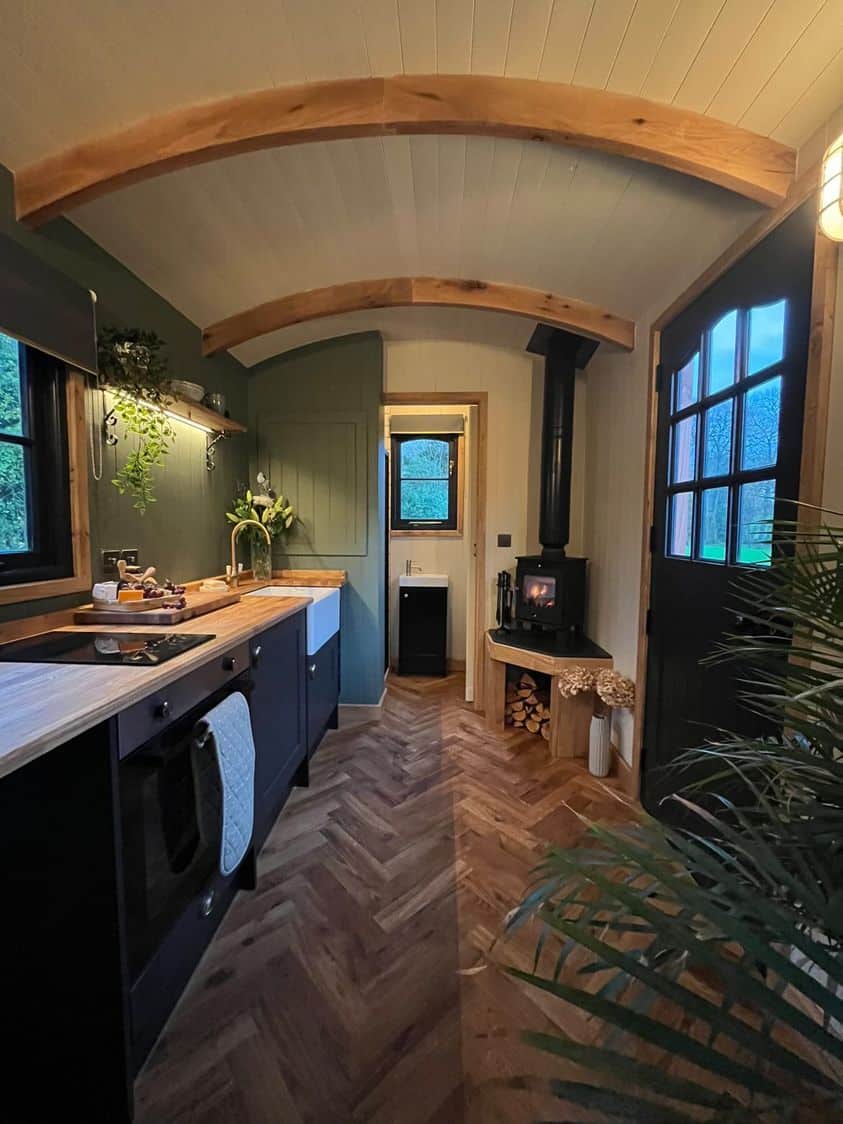
Site-Finished VS. Pre-Finished
Site-finished wood flooring allows for custom sealing and finishing on-site, which can provide better protection against moisture. Pre-finished wood flooring, on the other hand, comes already sealed from the manufacturer but may have small gaps between boards that can allow water to seep in.
Regular Inspections
Regularly inspect the wood flooring in the kitchen for any signs of water damage, such as cupping, discoloration, or buckling. Address any issues promptly to prevent further damage.
Looking For Our Pricing? Call Us Now
Fast Shipping
Fast shipping on all orders from UK
Secure Payment
We offer safe shopping guarantee
100% Satisfaction
We have 100% positive feedback from our clients
Telephone Support
We are always on hand for any questions you may have
FREE SAMPLES & TECHNICAL EXPERTISE - NEXT DAY DELIVERY - STOCK RESERVATION AVAILABLE
Inspiration
Examples of our products in live settings
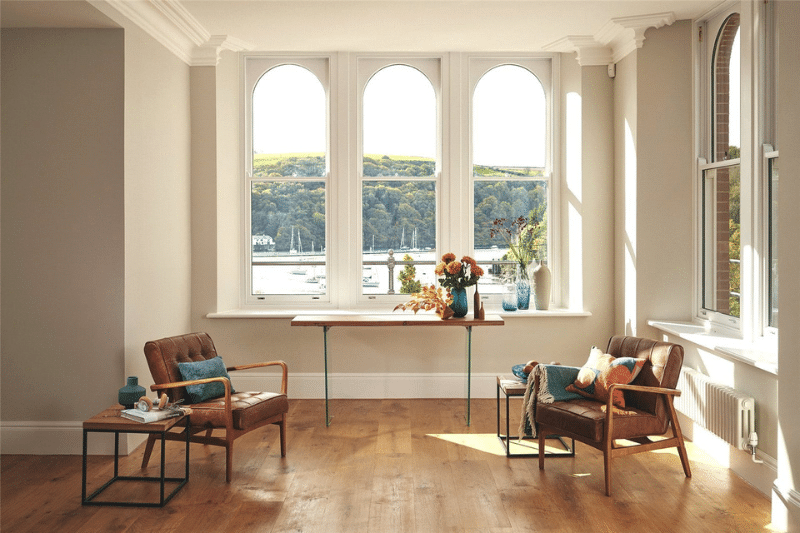
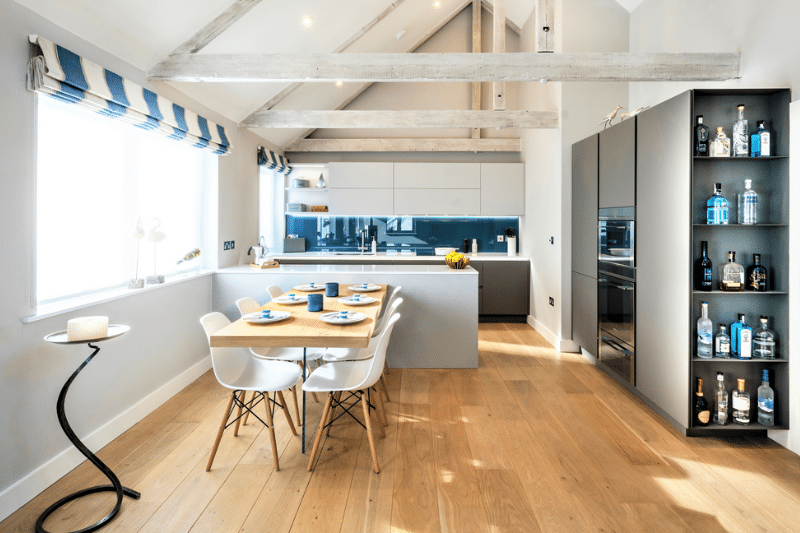
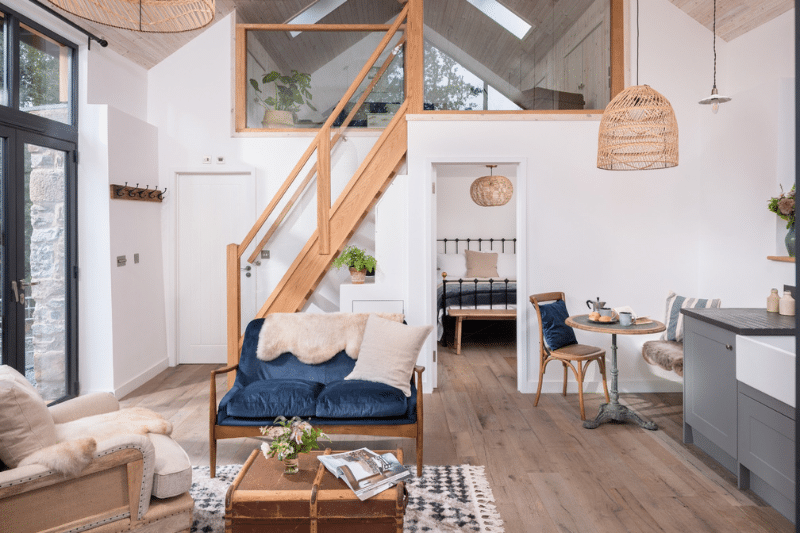
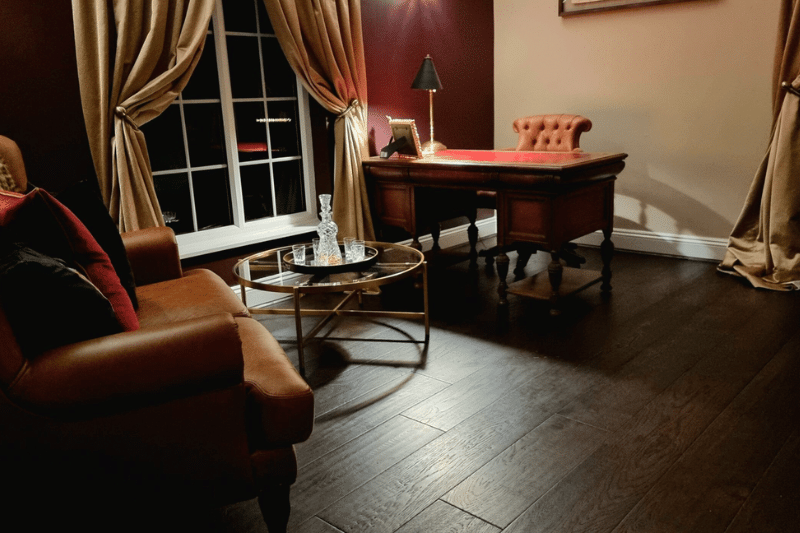
GET IN TOUCH
Have an idea or project then please get in touch...



